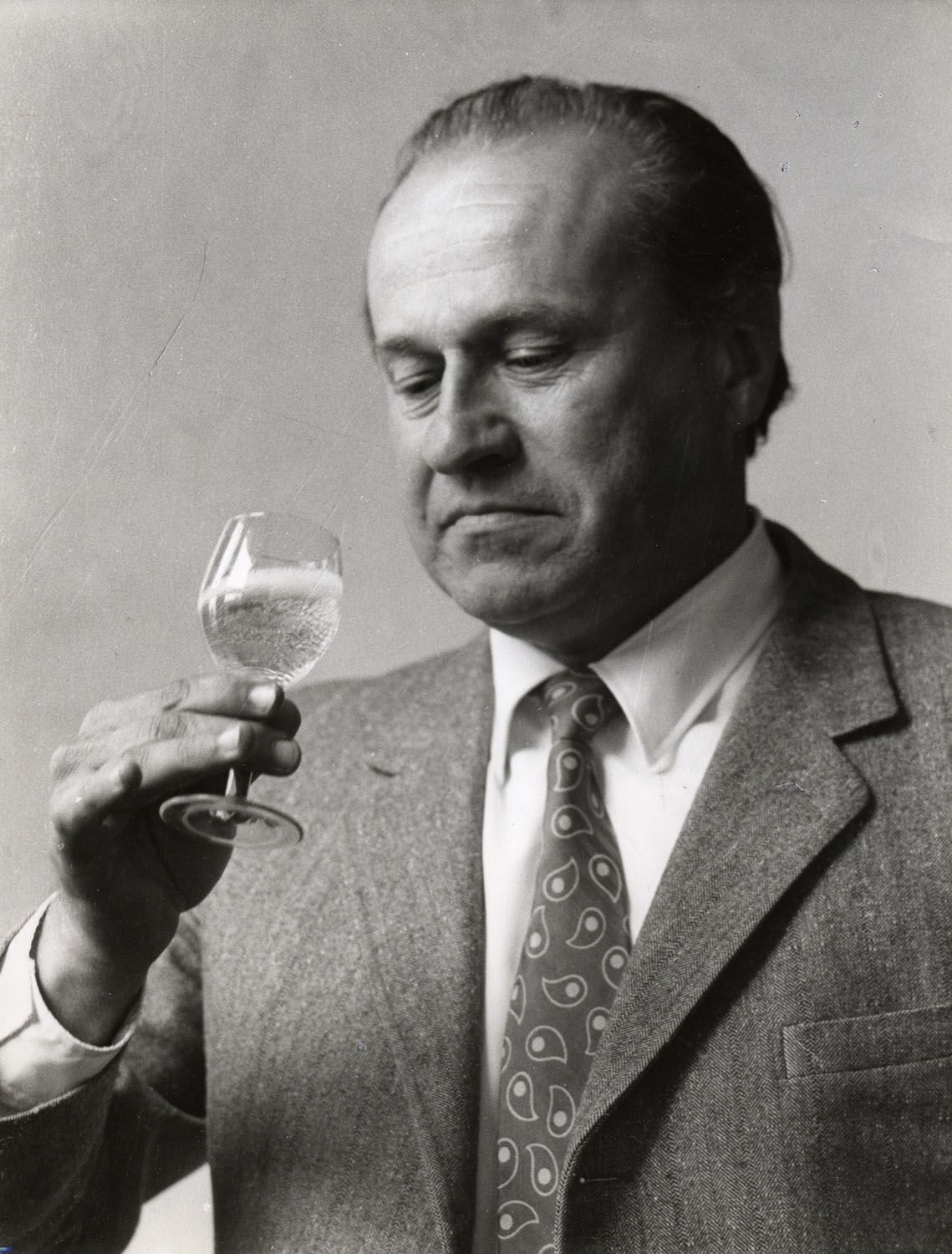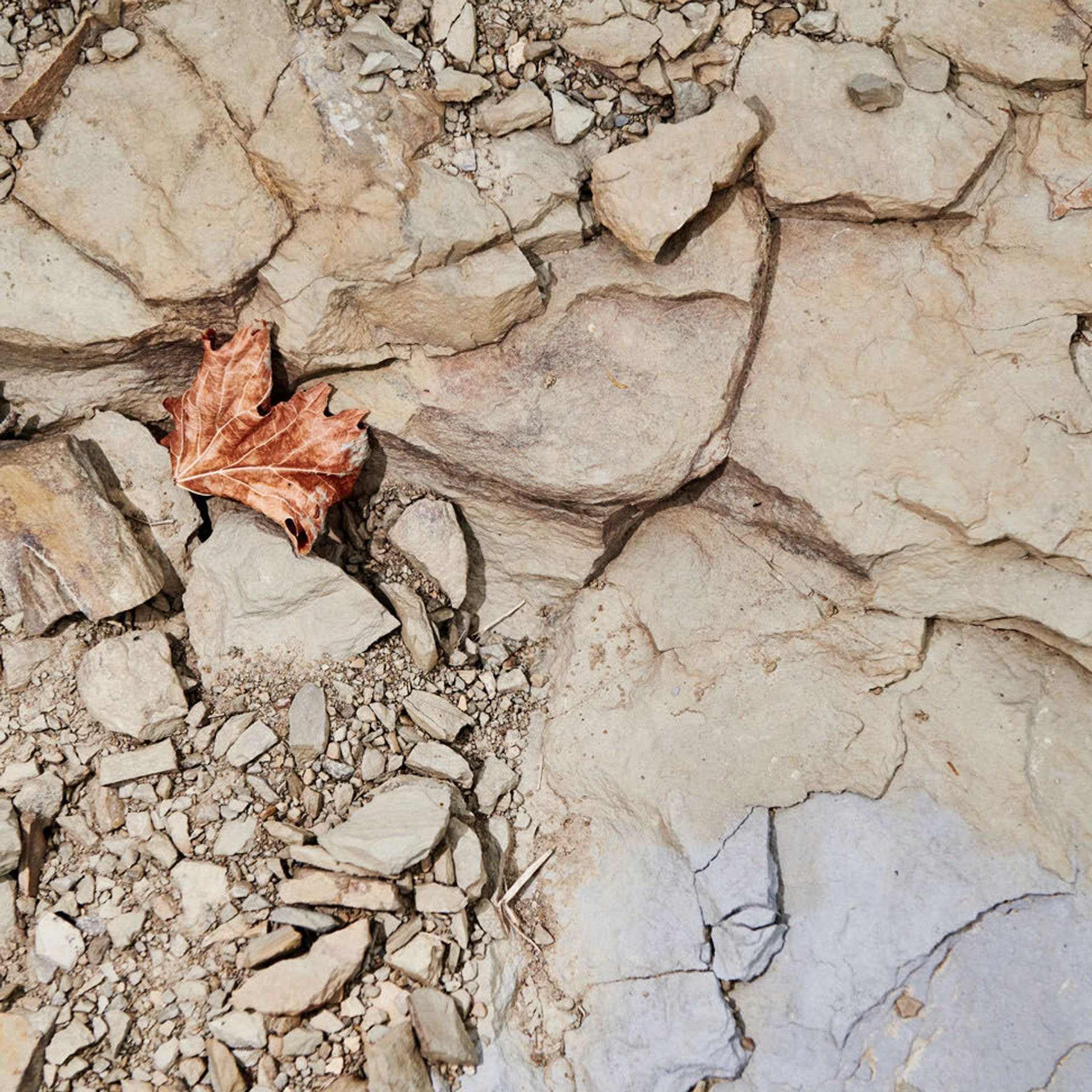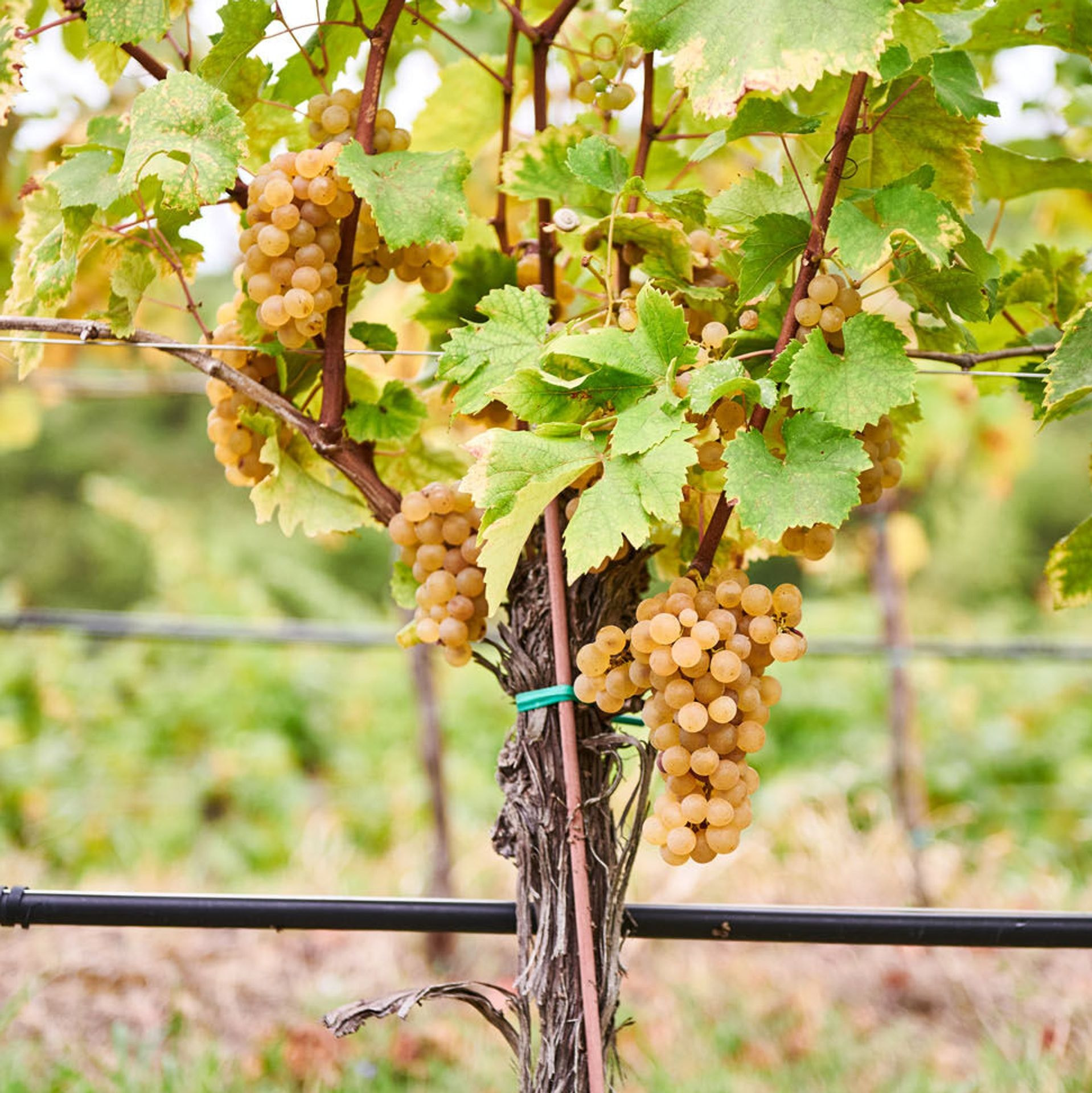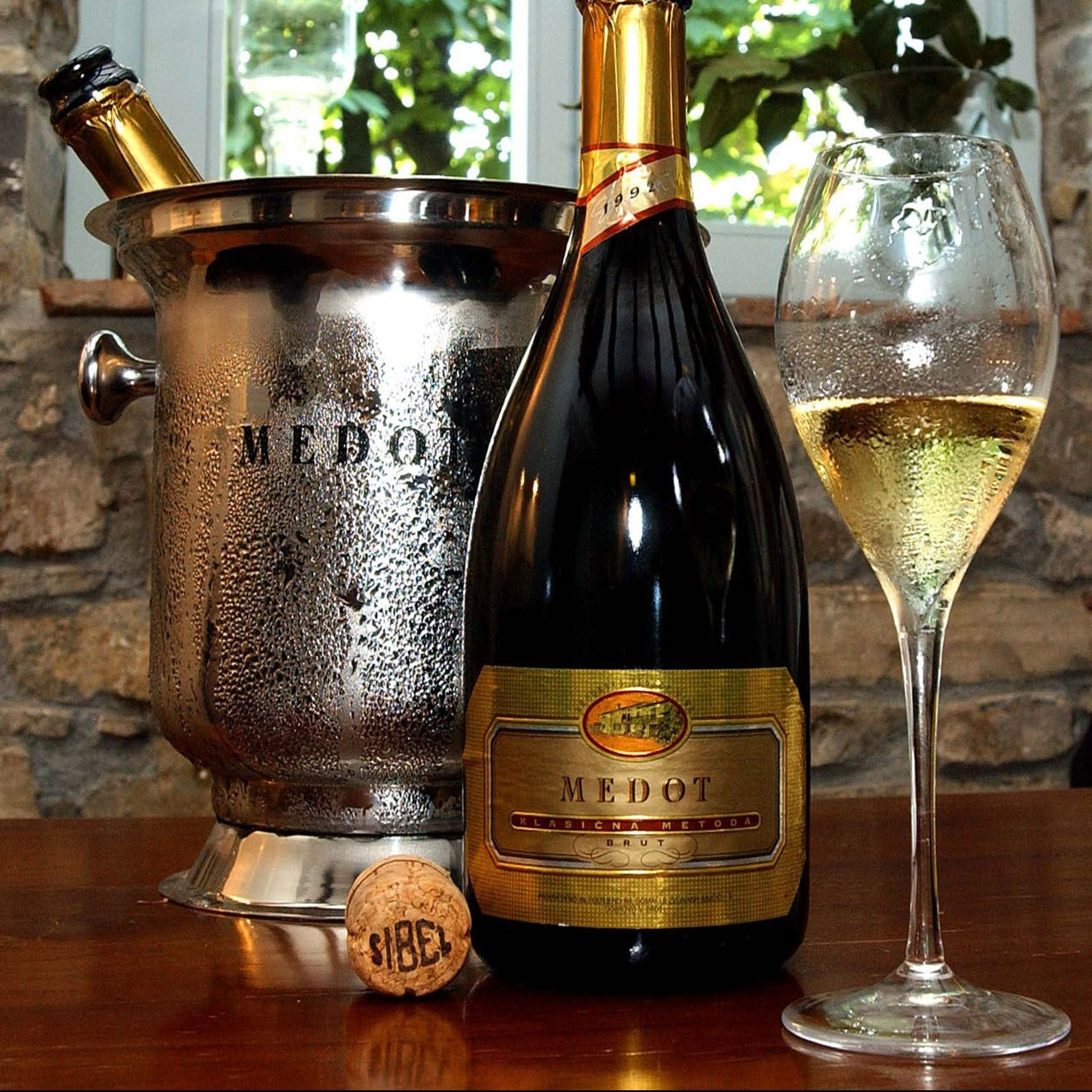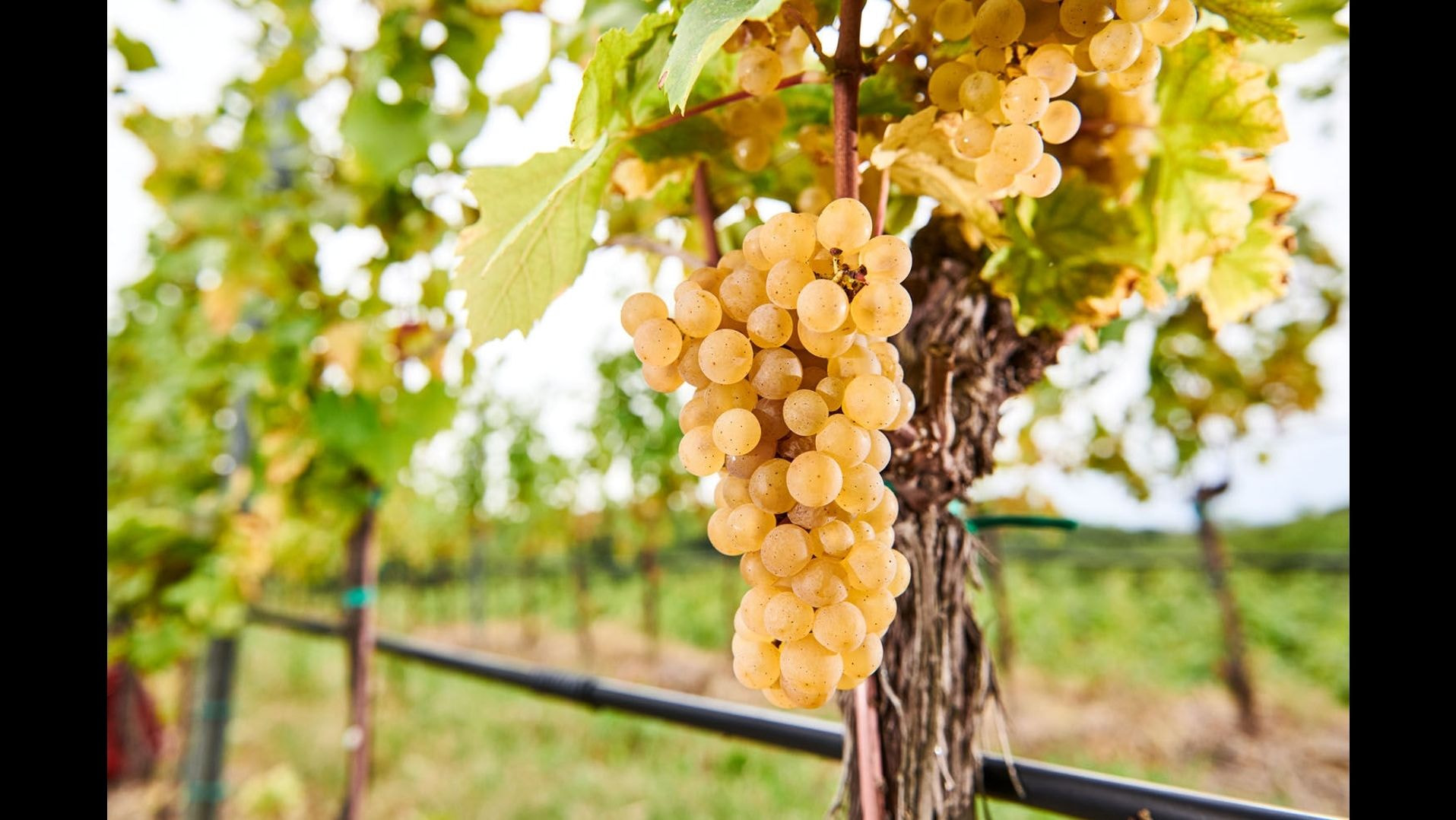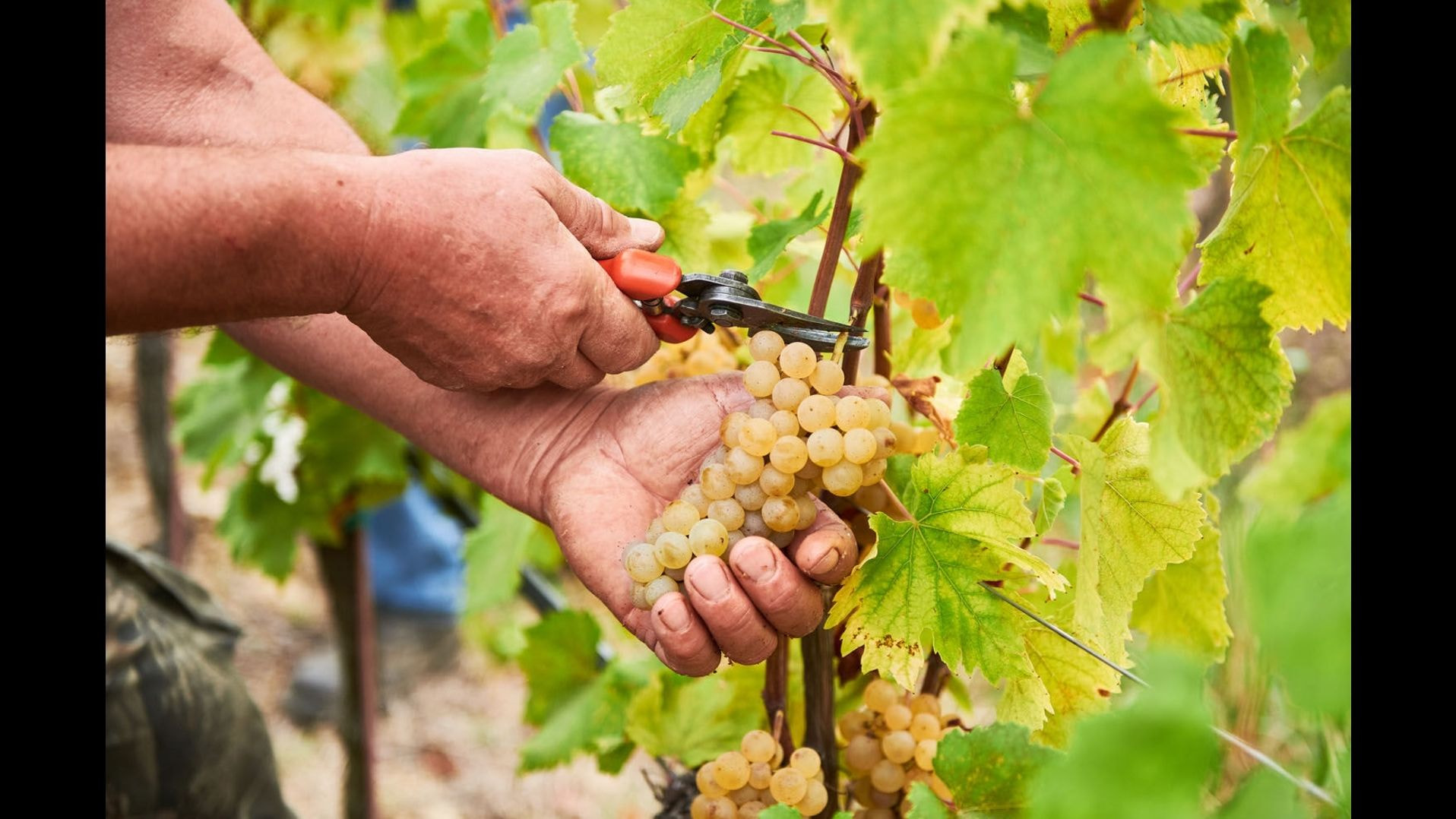While reading the book, I came across a very interesting thought from Mr. Simčič when he highlights the importance of the role of women and proper upbringing of children in shaping their attitude towards wine. "Wine assumes a different role when a housewife buys it, brings it home, and puts it on the table, be it for lunch, when visiting friends, relatives, or during various ceremonies," says Miro. At the same time, he warns that "children who do not know about wine can become its victims" and that "children who gradually get to know wine and start to respect it are more difficult to deceive by drugs," while, according to him, alcoholism is also less common among such young people.
He attributed to all present and future wine producers, wine lovers, and "oenophobes" that it is necessary to remember two things about wine, namely that "wine production is not an amateur's work but a process that requires special attention, experience, ability, and honesty" and that its "final product is not an alcoholic beverage like any other, so its effects on humans cannot be compared to ethyl alcohol diluted in water."
Book from the heart of Zvonimir Simčič for every vine grower and wine lover.

There are many reasons why nurturing the culture of reading is of exceptional importance. Books open new worlds for us, their stories inspire us, bring us new knowledge, broaden our horizons, and shape our understanding of the world. When someone feels the calling to write a book, the content is woven from the same ingredients. Then, the right moment must come to make it happen. Zvonimir Simčič - Miro from the Medot Estate found it when he retired after a long and fruitful career in managing the cooperative cellar. At that time, he poured all his knowledge and experience into a book about the culture of wine drinking: "Vino med ljudsko modrostjo in sodobno znanostjo" (Wine Between Folk Wisdom and Modern Science), published in 1987. In it, he presented various aspects of wine production, viticulture, oenology, as well as those related to the culture of wine consumption in the family and society, as well as wine service. In doing so, he also laid the foundations for the development of the sommelier profession in Slovenia. Dr. Denis Rusjan, a prominent Slovenian expert in viticulture and winemaking and a full-time professor of viticulture at the Biotechnical Faculty of the University of Ljubljana, explains how to understand the value of Zvonimir's book at the time of its release and today.

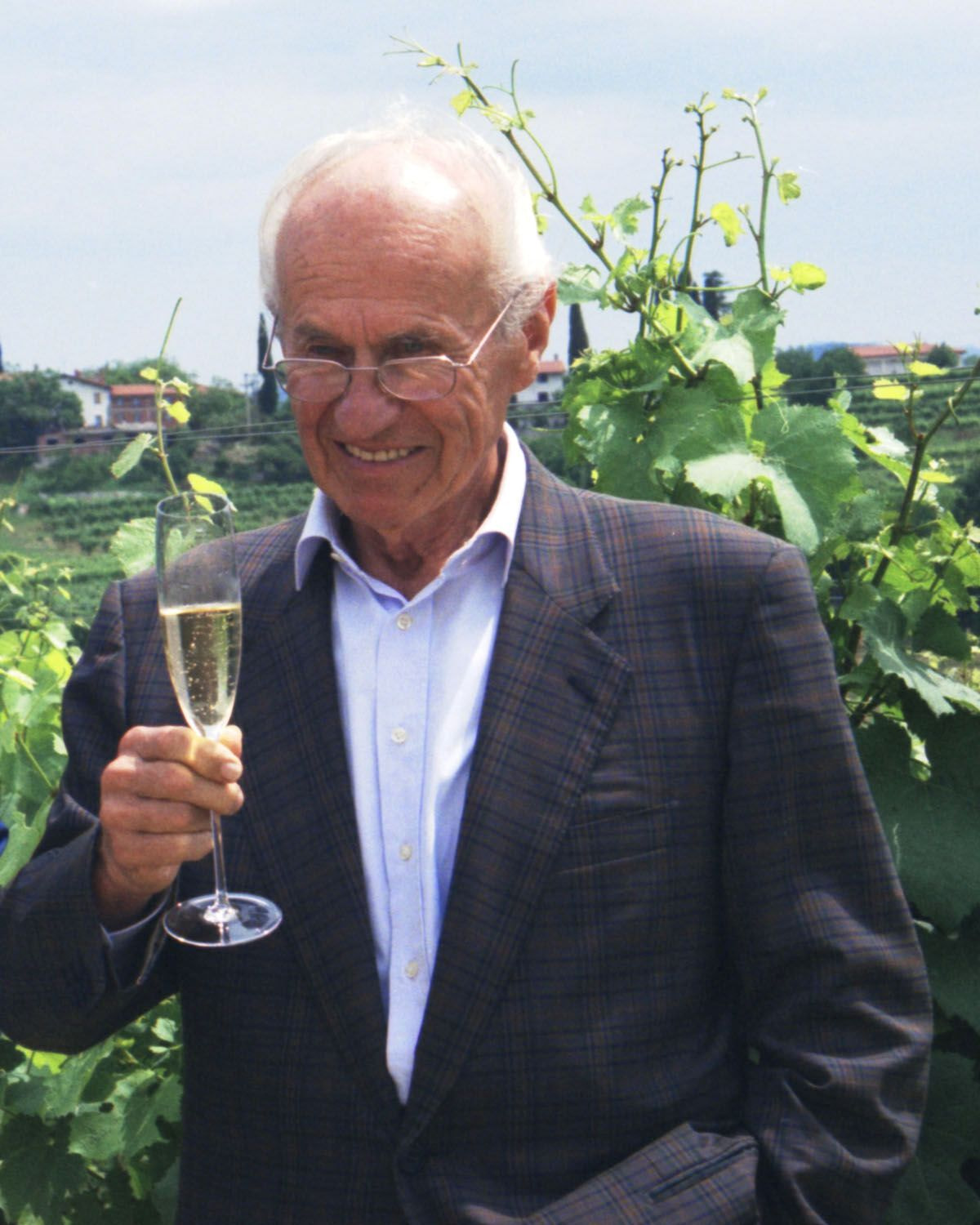

Wine Between Folk Wisdom and Modern Science (1987, Tržaški tisk)
Zvonimir Simčič
Digital copy in Slovenian language


Zvonimir Simčič (13.7.1921 — 23.6.2008)
He was born into a family of vine growers. From 1940 to 1942, he studied in Conegliano, then graduated in Poreč and became an agricultural expert. He completed his university studies and specialization in oenology in Ljubljana. Upon returning to Nova Gorica, he first became the technical director of Klet Brda and later its chief director until 1982. He also served as the headmaster of an agricultural school and, with his perseverance, embarked on promoting and developing cooperatives.
He was considered an eminence due to his work in the field of viticulture and winemaking, especially because of the extremely successful technological and economic story that Klet Brda represented at the time. He was one of the few foreigners invited to become a member of the Italian Academy of Vine and Wine. He became a member of the knightly Order of Ordo Equestris Vini Europae and was instrumental in establishing the Slovenian Sommelier Association. He was also honored as the first honorary citizen of the Brda municipality.
His legacy is written mainly in the preservation of the Rebula grape variety and the elevation of the quality of wines made from this autochtonous variety. While managing Klet Brda, he patented the successful wine called Zlata rebula (Golden Rebula), which consistently received gold medals at competitions. He also created the first sparkling Rebula using the tank method. After retiring, he crafted the first méthode champenoise sparkling wines based on Rebula in his own vineyard and cellar, which became known as Medot. Due to his efforts, he earned the nickname "Father of Rebula" on both sides of the border, both in Slovenia and Italy.
His life and work have become an inspiration for the book "Gold Wine: Rebula, the Liquid Gold That Links Slovenia and Italy", written by the American author Noah Charney, who resides in Slovenia. The book was published by the reputable international publisher Rowman & Littlefield in the United States.
